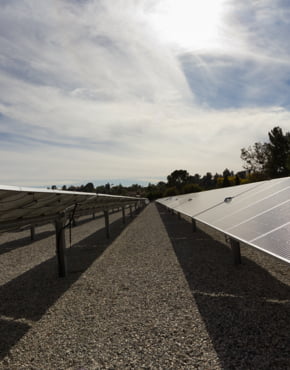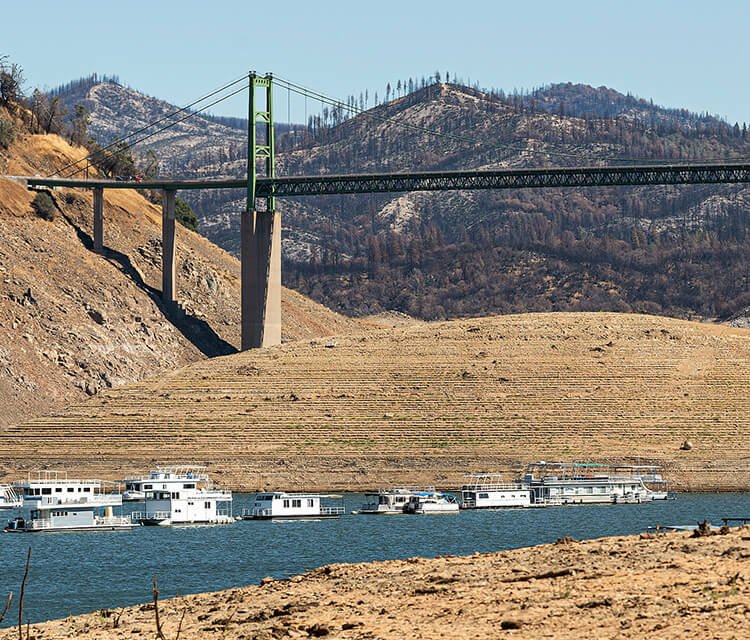Preparing for a Dry Next Year
Planning for another dry year started just about as soon as this historically parched one began to unfold. What if rains don’t arrive early, and 2022 starts out on the dry side?
Chances are high that Metropolitan’s Northern California supply via the State Water Project (SWP) will begin with an initial allocation of zero water, reflecting the existing bleak conditions. This is yet another reason to take the statewide call to conserve water seriously – particularly for parts of the Metropolitan service area that are heavily dependent on the SWP.
In average years, the SWP contributes about 30 percent of Southern California's water supply, with Metropolitan's supply from the Colorado River comprising another 25 percent. But there are two unique things about the SWP that have been revealed recently. First, climate extremes are leading us into a feast-or-famine mode where over-abundant supplies come some years and other years provide the equivalent of crumbs. Southern California's vast water infrastructure is uniquely suited to adapt to these rapid-cycling patterns. When plentiful rains come, the region can easily sock away hundreds of thousands of acre-feet of water in our storage system. We are relying heavily on those supplies now and testing our system in new ways.
But these two severely dry years revealed a second and more concerning challenge: that parts of Metropolitan's service area – those heavily reliant on SWP supplies – are more vulnerable to these climate swings. Managing water for this part of our service area – portions of Los Angeles and Ventura counties and the Inland Empire – is critical to maintaining overall reliability.
Metropolitan has taken a suite of actions to maximize the use of our stored water and Colorado River supplies as a way to minimize dependence on the SWP. These will get us through this year and remain in effect as 2022 commences.
According to the California Department of Water Resources (DWR), there is a roughly 50-50 chance our allocation from the SWP will increase to 20 percent by the time next year's rainy season ends. That would be enough to meet the region's projected demands. But hoping for heads on a coin flip is not a strategy that water professionals can accept. We have to plan for yet a third dry year.
Recently Metropolitan staff detailed those efforts in a report to the Board of Directors. One idea under exploration is to access DWR's emergency supplies in southern reservoirs in the SWP system and then replenish those supplies after an allocation becomes available. Another idea is to shift some local demand for Metropolitan water to later in the year. Yet another idea is to temporarily treat and take advantage of available groundwater supplies Metropolitan has stored along the California Aqueduct to supplement SWP supplies.
If California is blessed with early storms and precious windows emerge to capture and move some stormwater, these and other ideas wouldn't be needed. Yet planning for the worst and hoping for the best is what we at Metropolitan and other water agencies throughout the parched Southwest must do. Planning to start the coming year with zero new supplies is a part of modern water life. It's why we must invest in more drought-proof supplies. And it is why each of us must do our part to conserve what precious water we have.
Press Contacts

